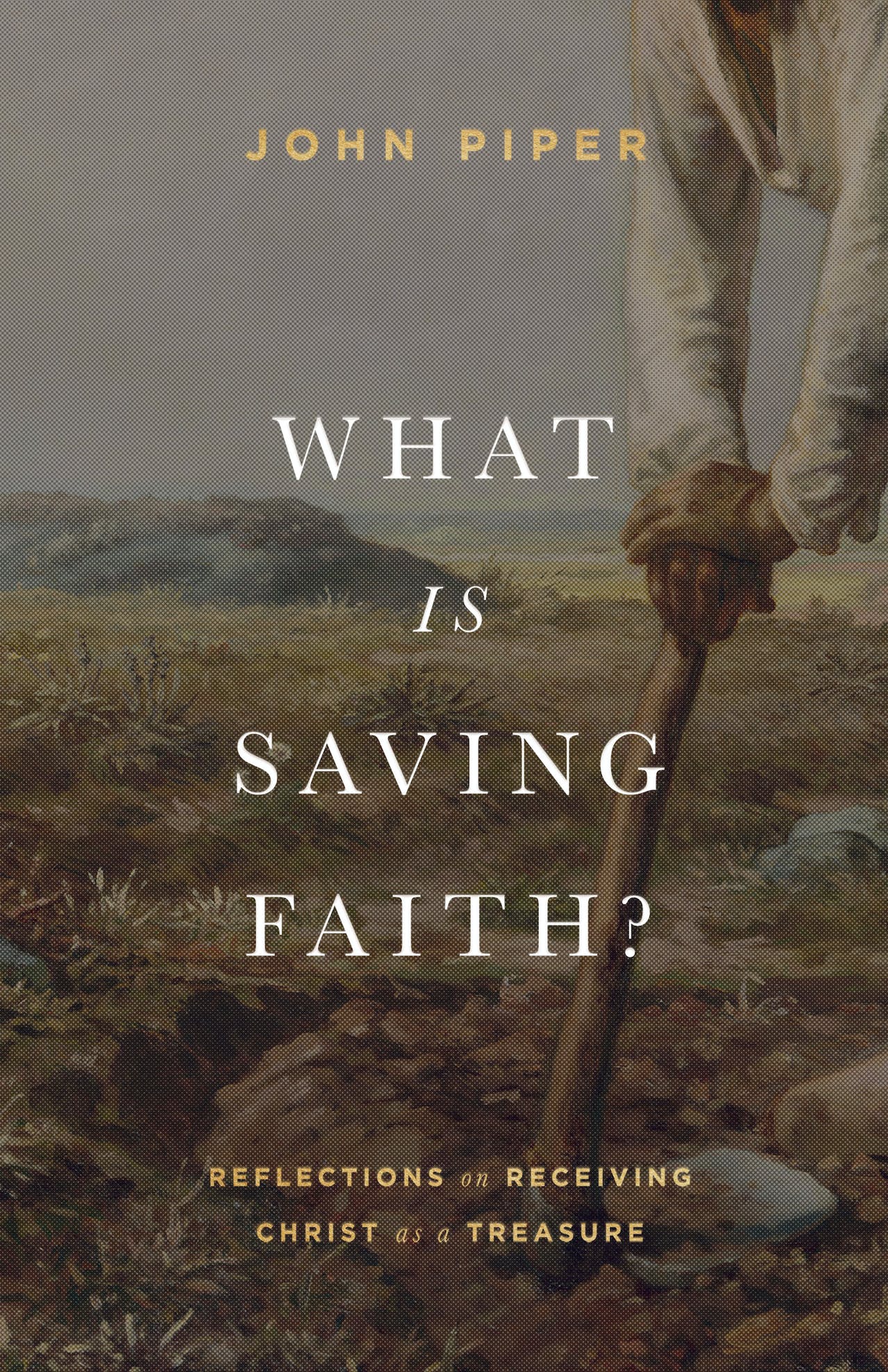A Brief Book Summary from Books At a Glance
by Mark Baker
Overview
This book is about faith; more specifically it is about the experience of saving faith. In this book, I argue that “saving faith does indeed have in its very nature affectional elements, dimensions, or aspects” (16). This nuance is not to be confused with the effects of saving faith. There are many effects or results of saving faith that will not be considered in this book. Rather, I am investigating the spiritual affections that are integral to saving faith. Specifically, I conclude that “treasuring Christ” sits at the heart of saving faith. “When I say that treasuring Christ is my summary expression of the affectional nature of saving faith, I mean to imply that there are diverse affections in the nature of saving faith, not just one. The heart experiences treasuring Christ differently as it embraces different aspects of Christ’s greatness and beauty and worth” (21). Faith is something believers experience. Faith is something that “happens” in us, and when it happens, we are involved in that experience. “It is experienced in the mind and heart, or we are not saved” (15). I argue that the experience of saving faith is treasuring Christ. “Treasuring Christ” stands as a “summary expression of the affectional nature of saving faith” (21)
Table of Contents
Introduction: What Are We Really Asking?
PART 1: THE ROOTS OF MY CONCERN
1 Taking the Lordship Battle to Another Level
2 The ‘Free Will’ Air We Breathe
3 Why I Am Not a Roman Catholic
4 If Saving Faith Is Affectional, Does It Merit Justification?
5 Provocative Voices from Church History
6 Does “Saving Allegiance” Clarify Saving Faith?
PART 2: SEEING REALITY THROUGH SIX HUNDRED LENSES
7 Confident Trust in What Jesus Says
8 Saving Faith Receives Christ Himself
9 The Spiritual Sight of the Glory of Christ
10 The Substance of Things Hoped For
11 The Root of All God-Pleasing Works
12 A Supernatural Creation of God
PART 3: RECEIVING CHRIST AS OUR SUPREME TREASURE
13 Saving Faith Receives Christ, but Not in Vain
14 The Message of Jesus about His Supreme Value
15 The Surpassing Worth of Knowing Christ Jesus
16 We Have This Treasure in Jars of Clay
PART 4: CHRIST, THE BELIEVER’S TREASURE AND SATISFACTION
17 Saving Faith Is the Substance of Hoped-For Joy
18 Saving Faith as Love for the Truth of the Gospel
19 Saving Faith Overcomes the World
20 Whoever Believes in Me Shall Never Thirst
PART 5: CALLING FOR FAITH WHEN FAITH IS AFFECTIONAL
21 The Offer of Treasure
22 Counting the Cost of Embracing the Treasure
23 Warning People to Flee from Judgment to Joy
24 Repentance, the Renovation of the Heart’s Desire
25 Does Affectional Faith Make Evangelism Impossible?
26 Does Affectional Faith Undermine Assurance?
Conclusion: Saving Faith, Designed for the Glory of God
Summary
Part 1: The Roots of My Concern
Scholars such as John MacArthur and Wayne Grudem have rightly argued that saving faith includes both receiving Jesus as Savior and Lord. You cannot have one without the other. Neither MacArthur nor Grudem, however, referred to the affectional dimension of saving faith. This book addresses that question. To start, faith is not something we can muster up out of our own free will. Faith, with all its affectional dimensions, is a gift of God (Eph 2:8; Phil 1:29). Secondly, affectional faith does not mean that faith is a work or something that we do. That would be confusing justification with sanctification, which is a problematic position of the Roman Catholic church. But there is an error on the other side of the spectrum that we must also avoid. This error, most famously proposed by Robert Sandeman (1718–1771), claims that faith is “bare assent to the work of Christ” (42). To find balance, we must conclude that biblical faith is not a virtue but rather a “receiving of Christ, in whom the believer is counted righteous” (46). Nevertheless, part of our reception of Christ includes treasuring Christ, the affectional dimension. “Rome errs by merging faith as a virtue with justification, which then merges with sanctification. Sandemanianism errs by stripping faith of any affectional (and thus virtuous) dimension” (47–48).
What I am saying is not new. It is attested by many voices across church history. John Calvin stated that “faith is not a distant view, but a warm embrace of Christ” (62). Hermann Witsius claimed that faith is “a hunger and thirst after Christ” (68). Peter van Mastricht defined faith as “reception with delight” (72). Jonathan Edwards even thought that “Love [to God] is the main thing in saving faith” (73). These historical voices represent a compelling chorus of support for my view. But there are other respectable scholars who push back. For example, both J. Gresham Machen and Wayne Grudem have argued against this position, denying any kind of affectional dimension to saving faith. Matthew Bates has recently argued in the other direction, redefining faith as “allegiance.” He claims that believers are saved by “allegiance alone,” and that this view stands as a refinement of Protestant doctrine. For Bates, “allegiance” includes “good deeds done through the power of the Holy Spirit” (83). This redefinition is not a minor adjustment; it is a departure from Protestantism. Dealing with contemporary voices, I am arguing for a middle ground between Grudem and Bates. Faith has an affectional dimension, but faith itself does not include good works. Part 2 of this book will provide Scriptural warrant for my position. . . .
[To continue reading this summary, please see below....]The remainder of this article is premium content. Become a member to continue reading.
Already have an account? Sign In
